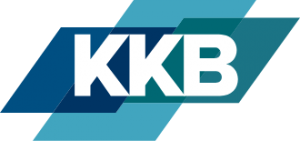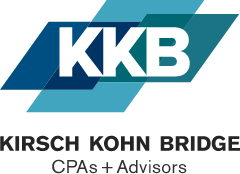Original source documents
Auditors can verify an account balance or record by vouching (or comparing) it to third-party documentation. For example, an auditor might verify the existence of a machine on your company’s fixed asset register by reviewing the invoice from the seller. Vouching enables an auditor to evaluate the accuracy of the amount recorded and whether the transaction was entered correctly in the accounting system.
Physical observations
Seeing is believing. Auditors sometimes verify the existence of assets through physical observations and inspections. For example, inventory audit procedures typically include observing or conducting a physical inventory count, inspecting the process to record incoming and outgoing inventory, and analyzing the inventory obsolescence process.
Confirmation letters
Auditors send letters to third parties — such as customers, banks or vendors — asking them to verify amounts recorded in a company’s books. There are two types of confirmations: A positive confirmation requests that the recipient complete a form confirming account balances (for example, how much a customer owes the company). A negative confirmation requests that the recipient respond only if the balance is inaccurate.
Comparisons to external market data
For assets actively traded on the open market, auditors may research pricing data to confirm the amounts claimed on the company’s financial statements. For example, if a company invests in marketable securities that it plans to sell within the year, the auditor could analyze the prevailing market prices to confirm their book value. Likewise, a random sample of parts inventory could be compared to online pricing sheets to confirm that items are reported at the lower of cost or market value.
Independent calculations
Auditors may verify internally prepared schedules and reports by re-creating them. If the auditor’s work matches the client’s version, it confirms that the underlying accounts appear reasonable. Auditors often rely on this procedure for such items as bank reconciliations and schedules of payroll-related expenses (for example, overtime, benefits and tax payments).
Collaboration is critical
An effective audit requires coordination between the audit team and the client. As we wrap up the audit of your 2022 financials, let’s work together to review the types of substantive evidence that were used for each major financial statement category. This process can identify potential bottlenecks in the auditing process and help you anticipate document requests and inquiries, making your next audit more efficient.
© 2023
For more helpful tax and accounting articles, or to sign up for our newsletter, please visit our KKB Insights page. If you have any questions, please contact us.




Advantages of keeping your business separate from its real estate
/in Tax/by KKB CPAsIt may be advantageous to separate ownership of a business’s real estate from the business. But it isn’t always advisable. Here’s a look at the issues. Continue Reading Advantages of keeping your business separate from its real estate
Cutoffs: When to report revenue and expenses
/in Tax/by KKB CPAsDoes your company follow the cutoff rules? Loose interpretation of the accounting rules can lead to errors and unexpected audit adjustments. Here’s how to get it right. Continue Reading Cutoffs: When to report revenue and expenses
Help ensure your partnership or LLC complies with tax law
/in Tax/by KKB CPAsGuaranteed payments to partners and payments to retired partners are just two of the tax issues that should be addressed in your partnership (or LLC operating) agreement. Here are the details. Continue Reading Help ensure your partnership or LLC complies with tax law